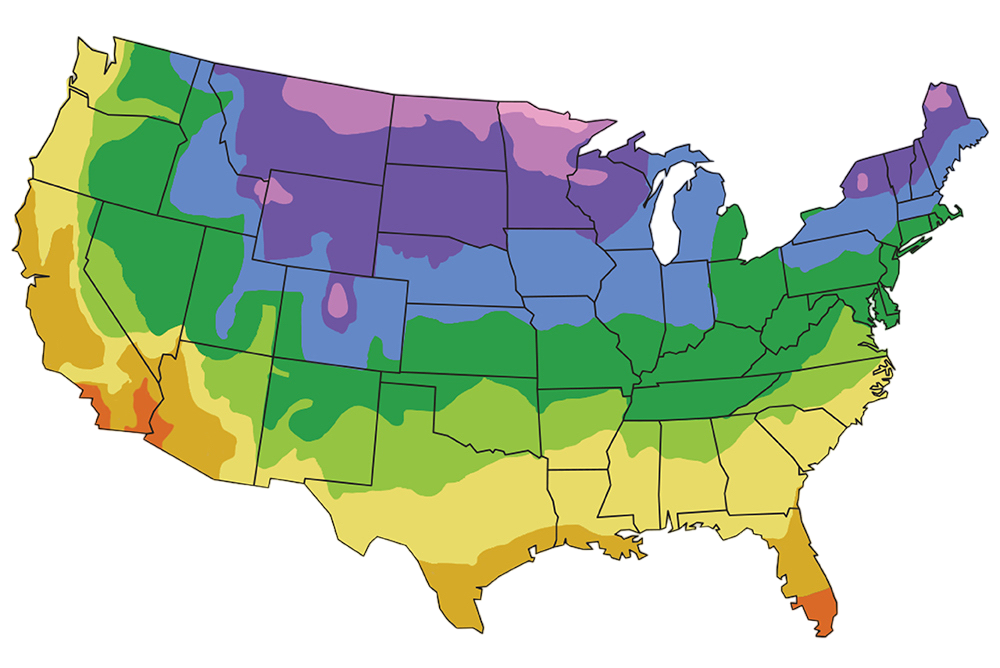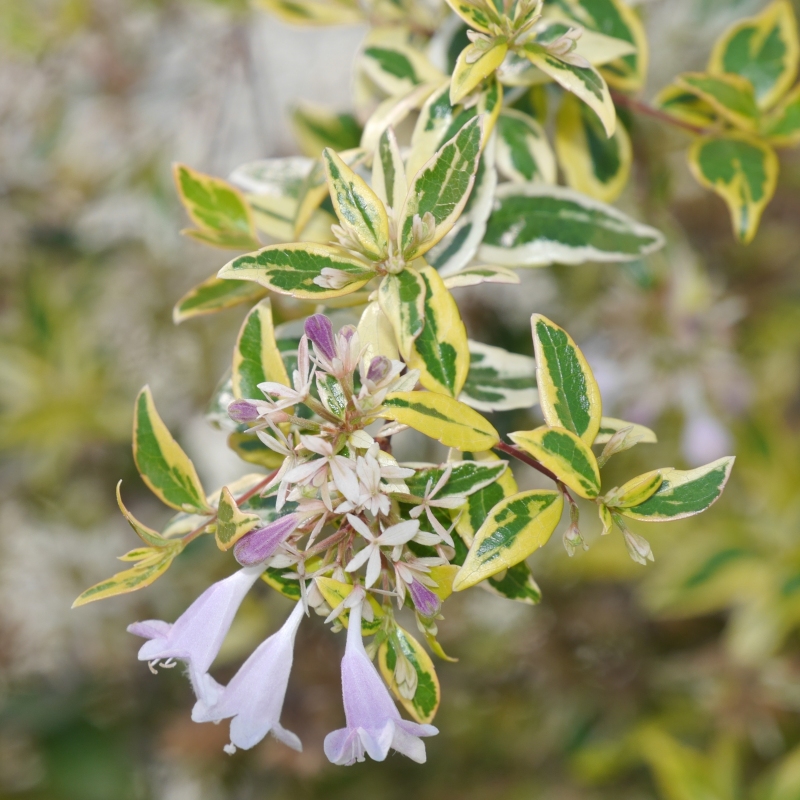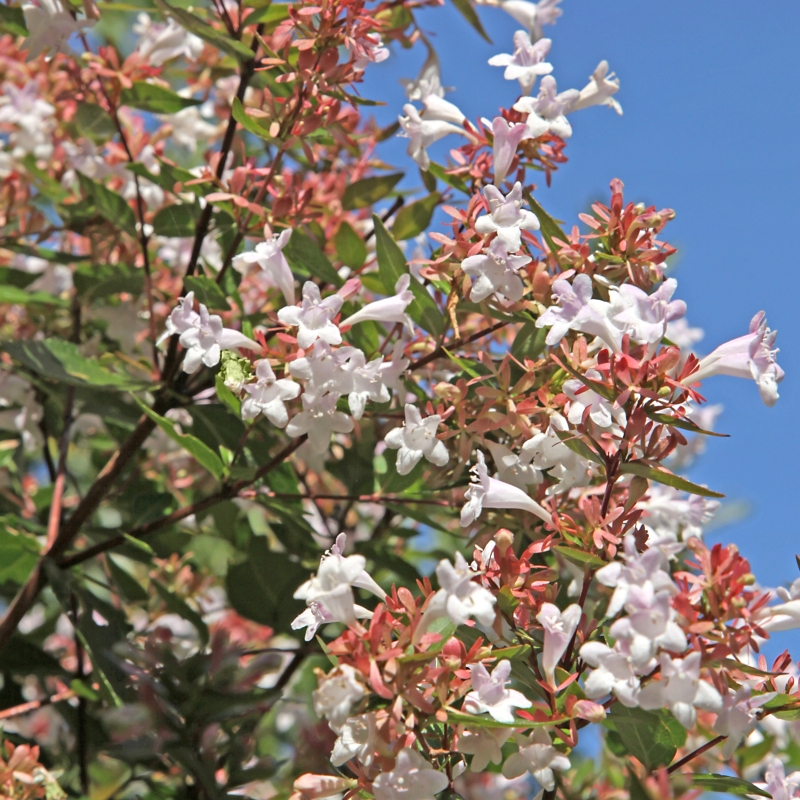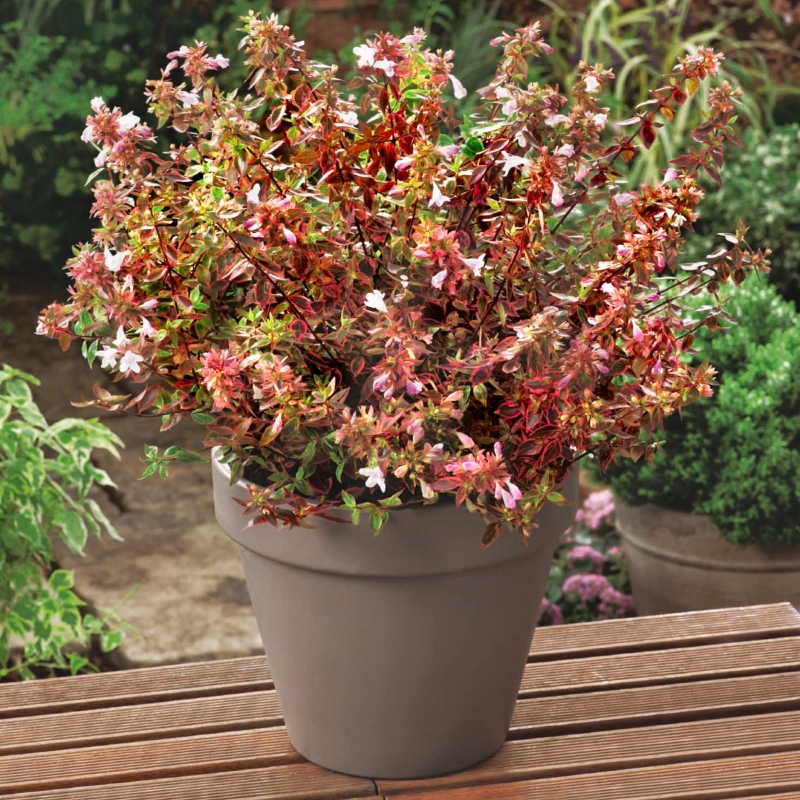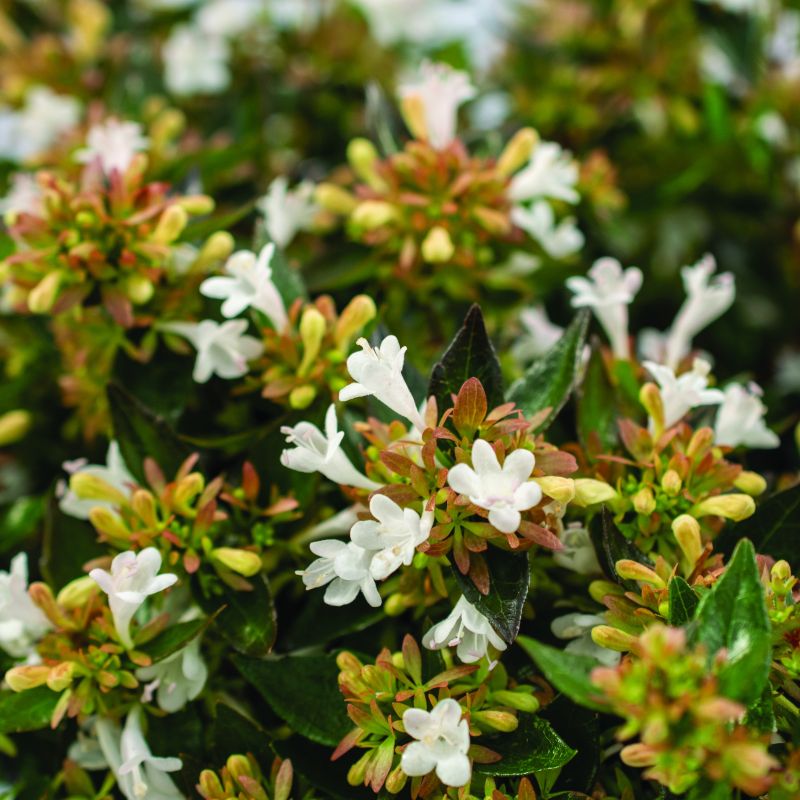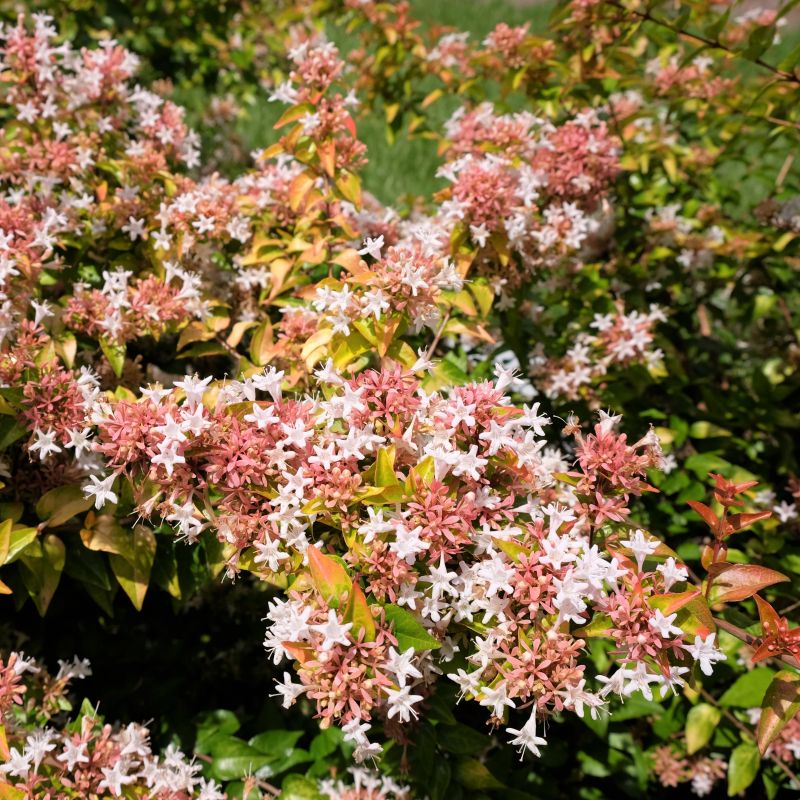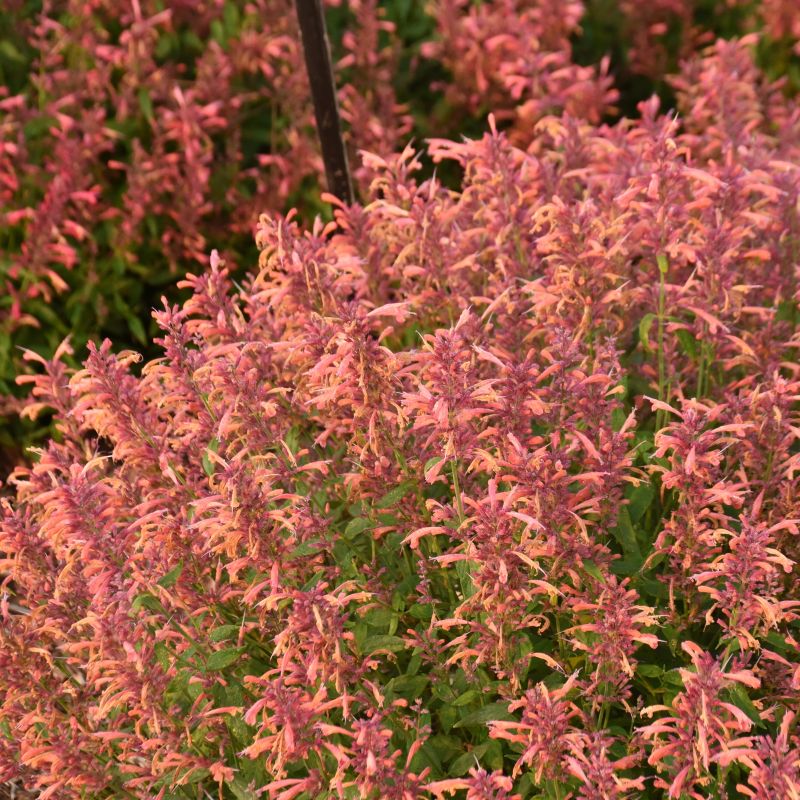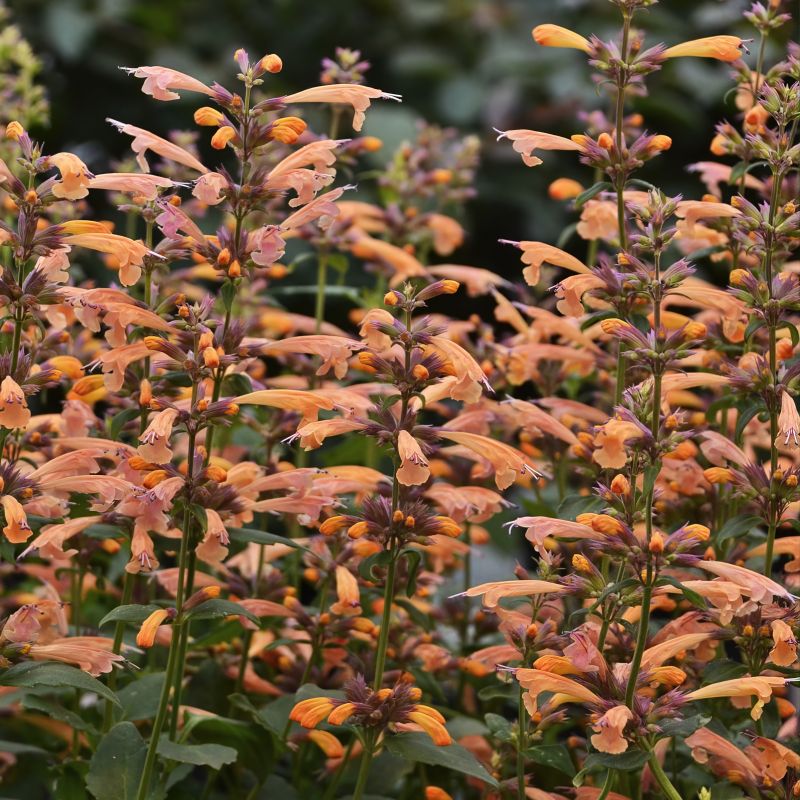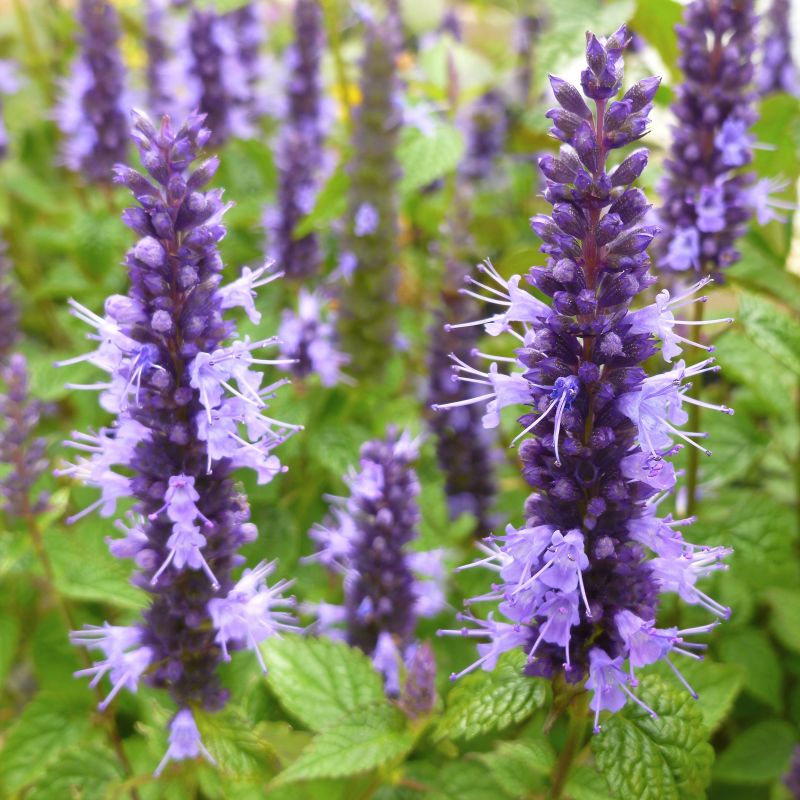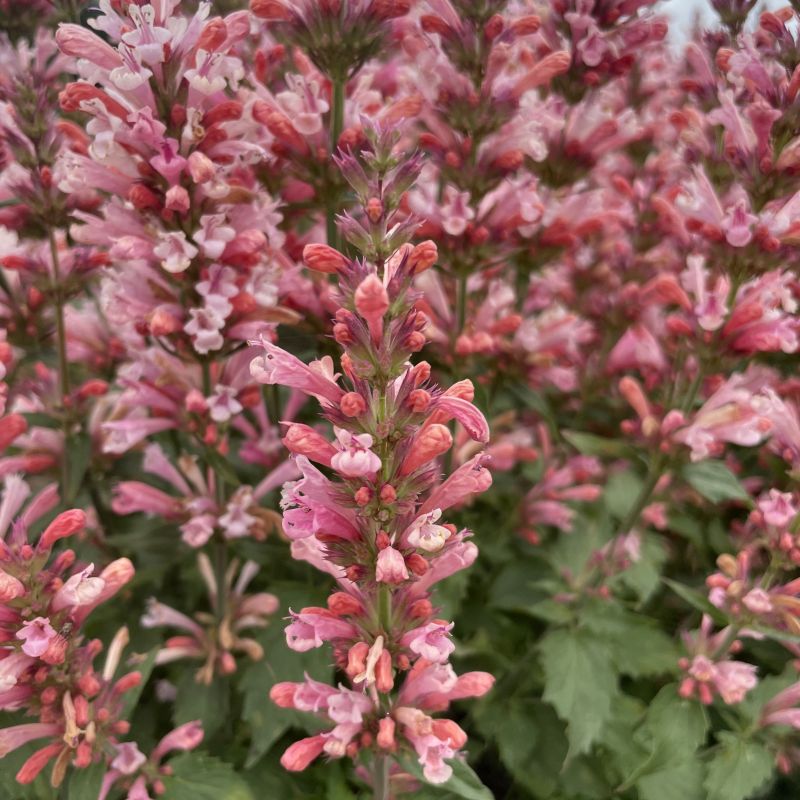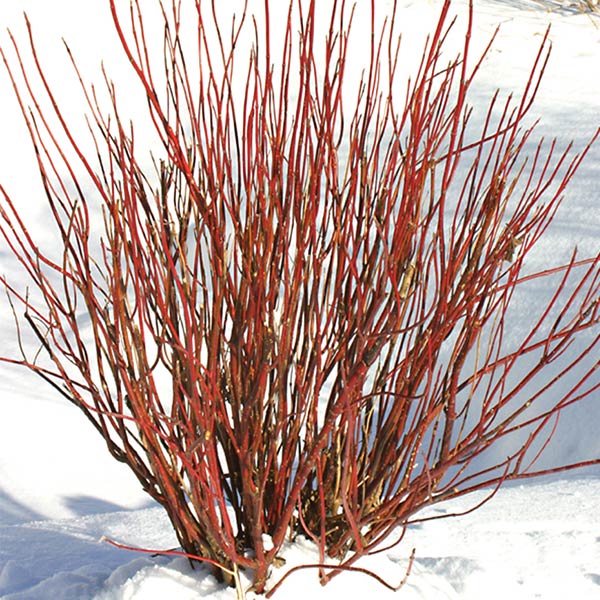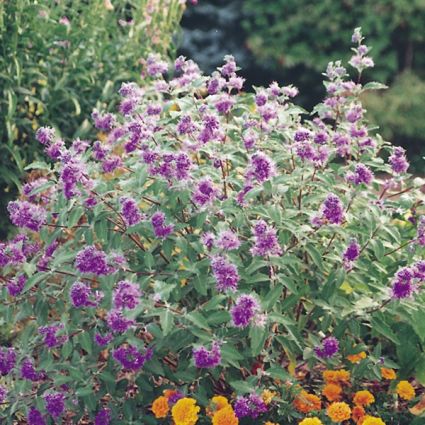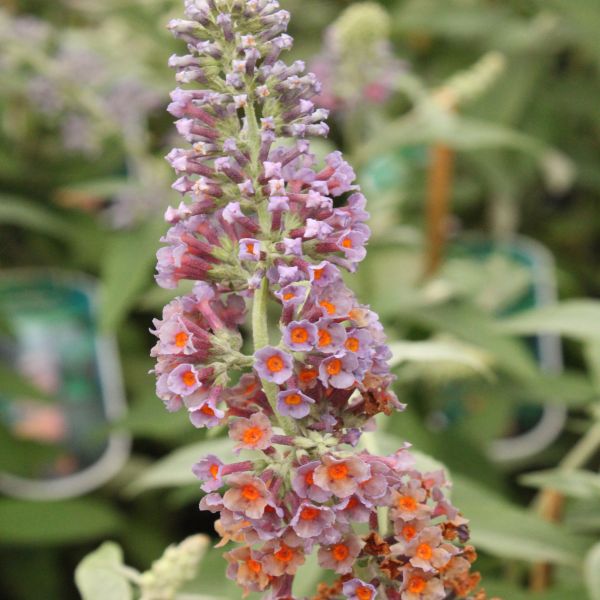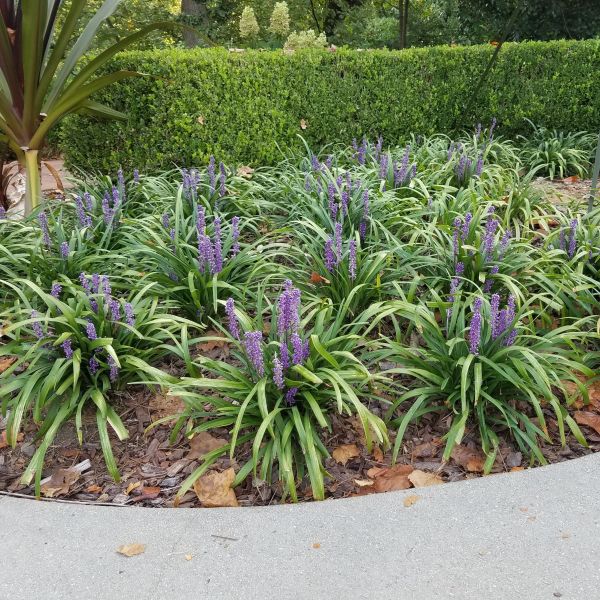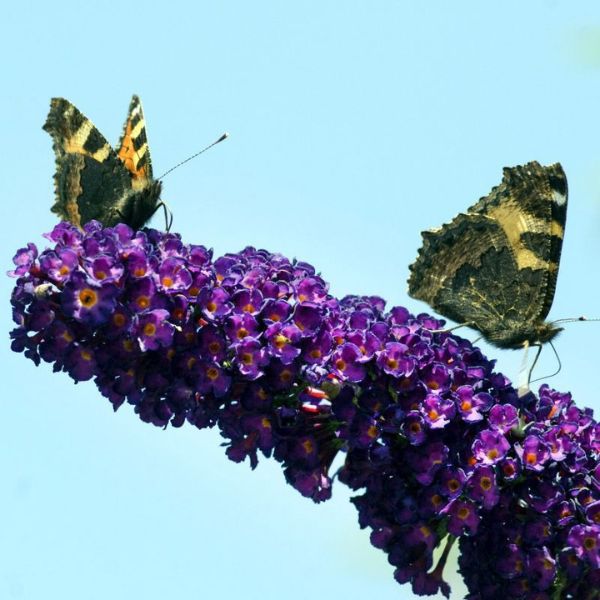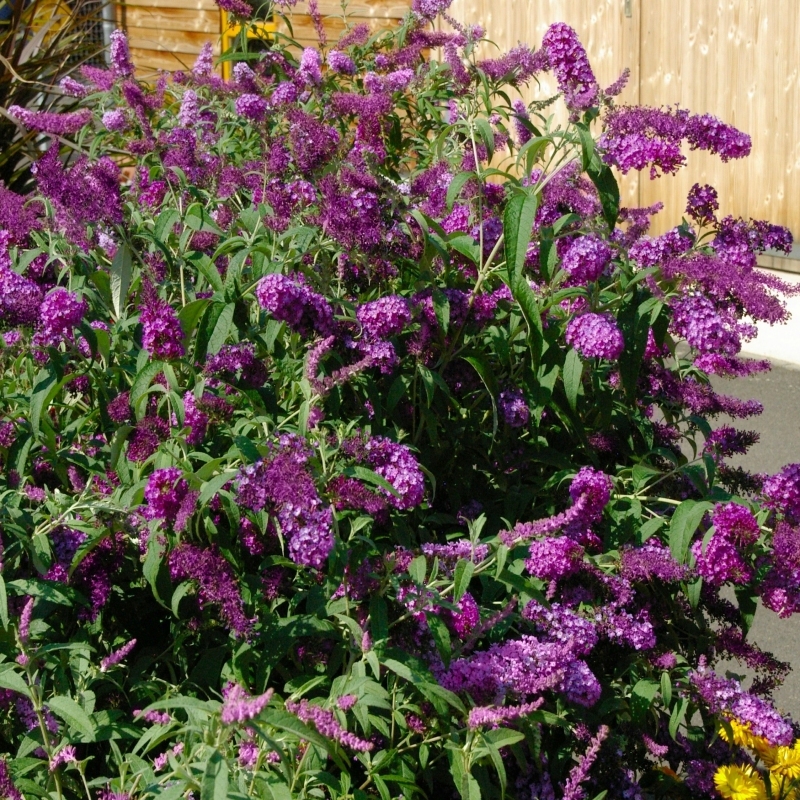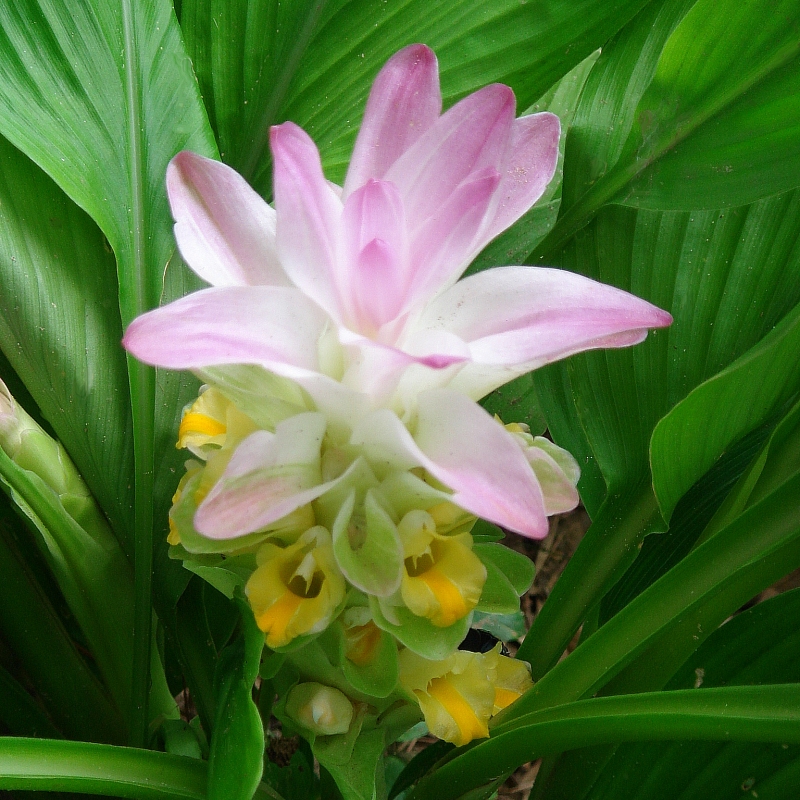
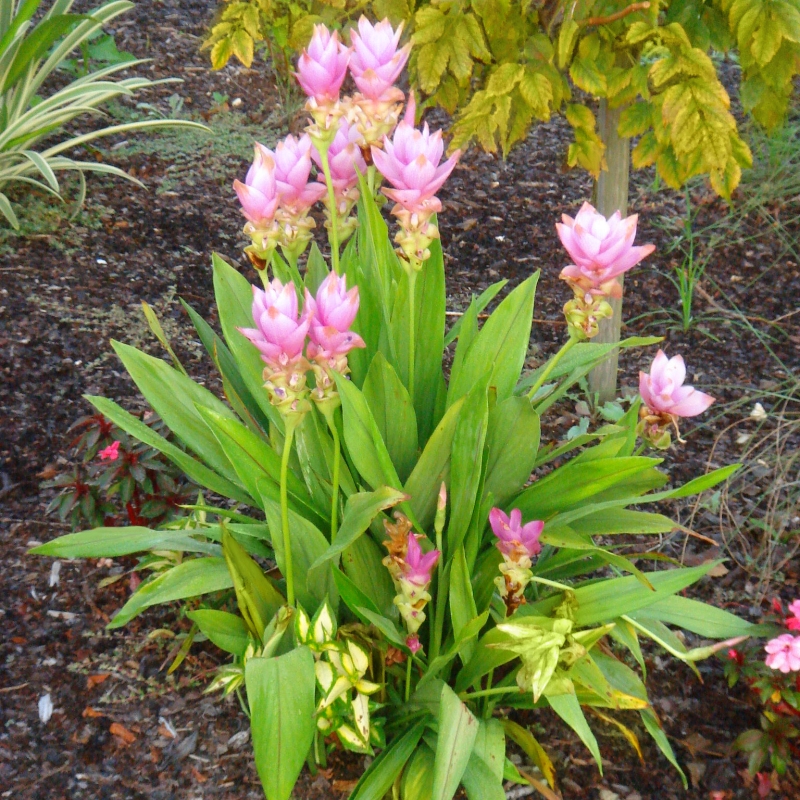
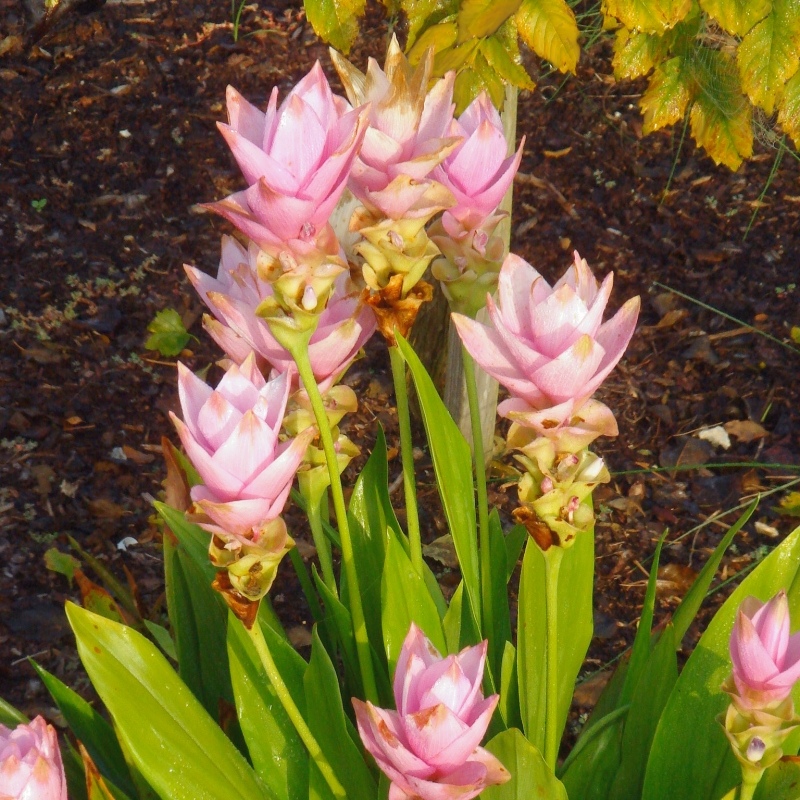
Curcuma Flowering Plant
Curcuma longa Turmeric
17 reviews
Curcuma Flowering Plant
Curcuma longa Turmeric
17 reviews
- Beautiful, vibrant flowers that add color and depth to any garden
- Low maintenance plant that thrives in various climates
- Known for its medicinal properties and potential health benefits
- Recommended by landscape designers for optimal fit in real yards
$64.00
$92.00
30% Off
- Ships to 43215 in 3-5 Days
- Free Shipping Over $150
- Plant Arrival Guarantee
- In Stock
- Free Plant Consult
$200 - Landscape-Approved: Every Plant We Sell Comes With Design Expertise Behind It
2.5 Qt.
We are sorry, product is currently out of stock due to seasonal availability. Please check the "Related plants available in your area" section below
Not just beautiful - intentionally selected by ShrubHub's 3D landscape design team to fit real-world spaces and maximize yard potential.
Why Curcuma Flowering Plant?
Curcuma longa, commonly known as turmeric, is a flowering plant in the ginger family. It is native to South Asia and is prized for its vibrant yellow-orange roots, which are commonly used as a spice in Asian cuisine. Turmeric is also known for its medicinal properties, with active compounds like curcumin believed to have anti-inflammatory and antioxidant effects.
Related plants available in your area
Sunlight
Curcuma plants require bright, indirect sunlight to thrive. They prefer filtered light or partial shade, as direct sunlight can scorch their leaves. Place the plant in a location where it will receive at least 6-8 hours of sunlight per day for optimal grow
Watering
Curcuma flowering plants require consistently moist soil but should not be watered excessively. They prefer well-draining soil and should be watered when the top inch of soil feels dry. Reduce watering during winter months when the plant is dormant.
Fertilizing
Curcuma flowering plants benefit from a balanced fertilizer with a higher phosphorus content, such as a 10-10-10 or 5-10-5 NPK ratio. It is best to apply the fertilizer every 6-8 weeks during the growing season to promote healthy growth and vibrant blooms.
Curcuma Flowering Plant (Curcuma longa Turmeric)
The Curcuma Flowering Plant, also known as Curcuma longa or Turmeric, is a perennial herbaceous plant from the ginger family, native to Southeast Asia. It is widely cultivated for its rhizomes, which are used both as a spice and for their medicinal properties.
Features:
- Produces vibrant, cone-shaped flowers in shades of pink, orange, yellow, or white.
- Grows to a height of about 3 feet, with large, lance-shaped leaves.
- Thrives in warm, humid climates and prefers well-drained, fertile soil.
- Requires regular watering and partial shade to full sun exposure.
Uses:
The rhizomes of the Curcuma Flowering Plant are popularly used as a culinary spice, giving dishes a rich, golden color and a warm, slightly bitter flavor. Turmeric is also valued for its medicinal properties, with studies suggesting it has anti-inflammatory and antioxidant benefits.
Care Instructions:
- Plant in a well-drained location with rich, loamy soil.
- Water regularly, keeping the soil moist but not waterlogged.
- Provide partial shade to full sun exposure for optimum growth.
- Feed with a balanced fertilizer during the growing season.
- Protect from frost in colder climates by bringing indoors during winter.
Overall, the Curcuma Flowering Plant is a beautiful and versatile addition to any garden, offering both aesthetic appeal and culinary usefulness.
Plant Information:
| Botanical Name: | Curcuma longa Turmeric |
| USDA Zones: | 8 - 11 |
| Mature Height: | 3ft |
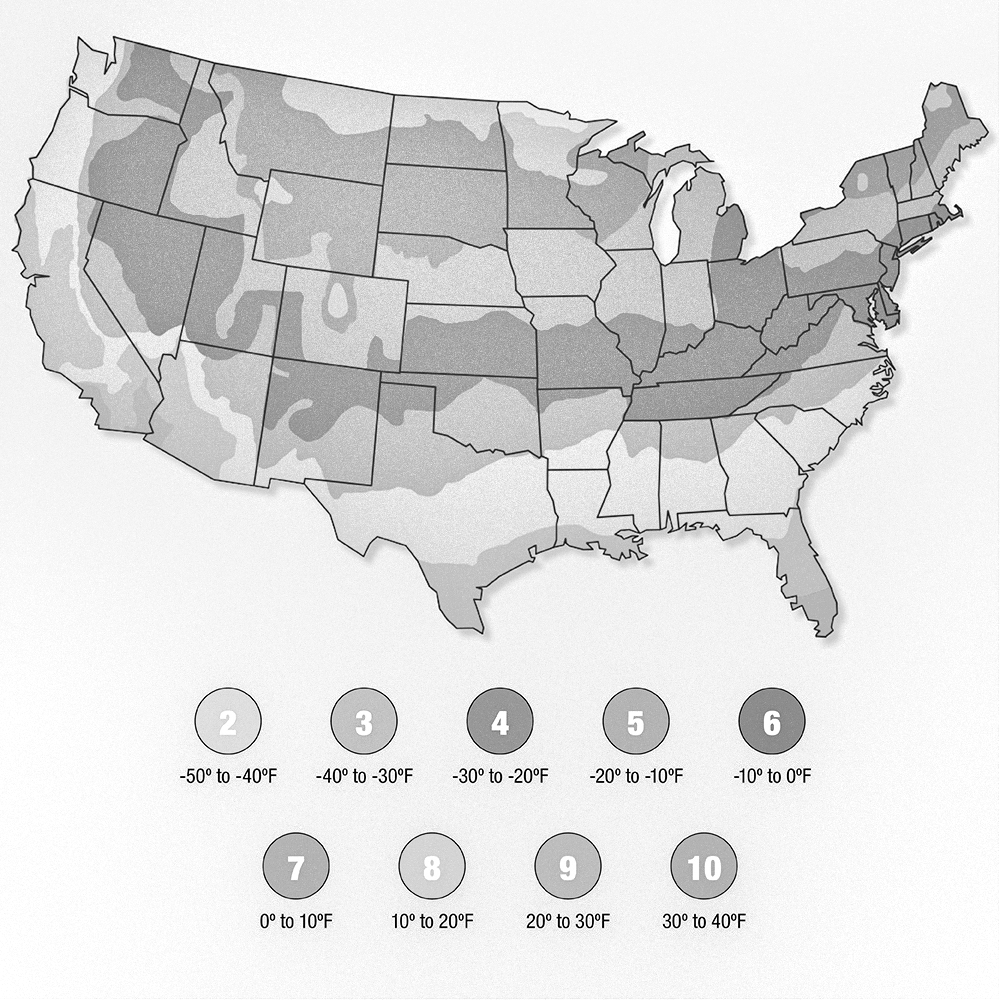
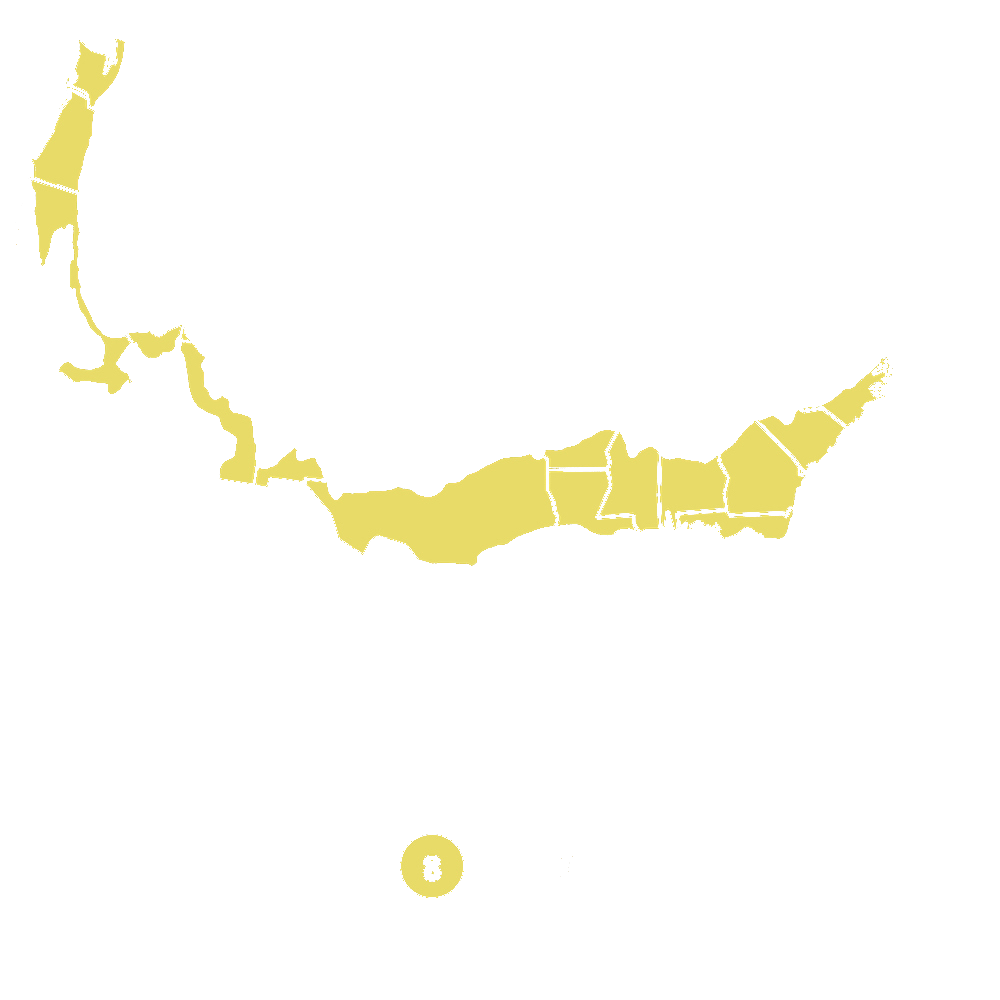
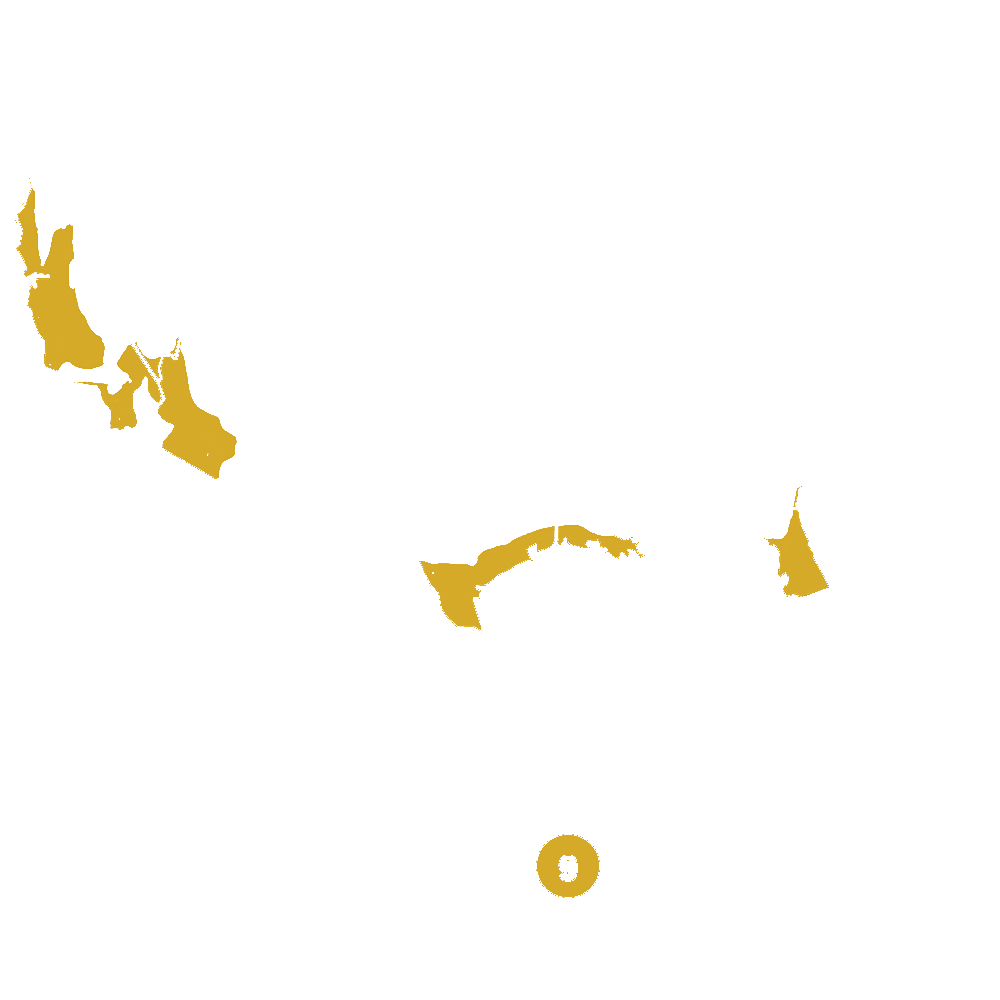

Pollination Info
Curcuma Flowering Plant Pollination Info
The Curcuma flowering plant, also known as Turmeric (Curcuma longa), is pollinated by insects. Turmeric plants produce flowers on long spikes that can attract bees, butterflies, and other pollinators.
Pollination Process
When a pollinator visits a Curcuma flower in search of nectar, they come into contact with the flower's reproductive structures. Pollen from the stamen of one flower may be transferred to the stigma of another flower, leading to fertilization and seed production.
Importance of Pollination
Pollination is crucial for the production of turmeric rhizomes, which are used for culinary and medicinal purposes. Without pollinators, the plants would not be able to produce seeds, and the crop would be at risk.
Pollinator Attraction
To attract pollinators to your Curcuma plants, you can plant them in a sunny location with well-drained soil. Providing a variety of flowering plants nearby can also help attract pollinators to your garden.
FAQ
Curcuma Flowering Plant (Curcuma longa Turmeric) FAQ
Q: What is Curcuma longa?
A: Curcuma longa, also known as Turmeric, is a flowering plant belonging to the ginger family. It is commonly cultivated for its rhizomes, which are used as a spice and for medicinal purposes.
Q: How do I plant Curcuma longa?
A: Plant turmeric rhizomes in well-draining soil with plenty of sunlight. Make sure the rhizomes are planted shallowly and covered with a thin layer of soil. Water regularly but avoid overwatering.
Q: How do I care for Curcuma longa?
A: Keep the soil moist but not waterlogged. Fertilize the plant with a balanced fertilizer during the growing season. Provide light shade if grown in hot climates. Mulch around the plant to retain moisture and suppress weeds.
Q: When will Curcuma longa flower?
A: Turmeric plants typically flower in late summer to fall. The flowers are pink to white in color and are borne on long stalks above the foliage.
Q: Can I harvest turmeric from my Curcuma longa plant?
A: Yes, you can harvest turmeric rhizomes once the plant has reached maturity, usually after 7-10 months of growth. Dig up the rhizomes carefully and dry them before using them for cooking or medicinal purposes.
Q: Are there any pests or diseases that affect Curcuma longa?
A: Turmeric plants are generally pest and disease resistant, but they can be affected by root rot if overwatered. Keep an eye out for aphids, mealybugs, and spider mites, and treat them promptly with insecticidal soap if necessary.
Planting & Care
Planting & Care for Curcuma Flowering Plant (Curcuma longa)
Curcuma, also known as Turmeric, is a beautiful flowering plant that produces vibrant blooms and is commonly used in cooking for its flavorful roots. Here are some tips on how to plant and care for Curcuma:
Planting:
- Choose a location that receives partial shade to full shade.
- Plant the rhizomes in well-draining soil with a pH of 4.5-7.5.
- Space the rhizomes about 12 inches apart and plant them 2-3 inches deep.
- Water the rhizomes well after planting and keep the soil consistently moist.
Care:
- Water the plants regularly, keeping the soil consistently moist but not waterlogged.
- Fertilize the plants every 6-8 weeks using a balanced fertilizer.
- Protect the plants from strong winds and extreme temperatures.
- Remove any dead or damaged foliage to promote healthy growth.
- Divide the rhizomes every 2-3 years to prevent overcrowding.
With proper planting and care, your Curcuma flowering plant will produce beautiful blooms and healthy roots that can be harvested for culinary use.
Check Out These Verified Customer Reviews:
Customer Reviews
4.6 out of 5 based on 17 reviews
Thank you! Your review has been submitted.
The overall experience with curcuma turmeric was fantastic.
Beautiful golden color, looks fresh.
Customer service was helpful and responsive to my inquiries.
Item has been added to your cart.

